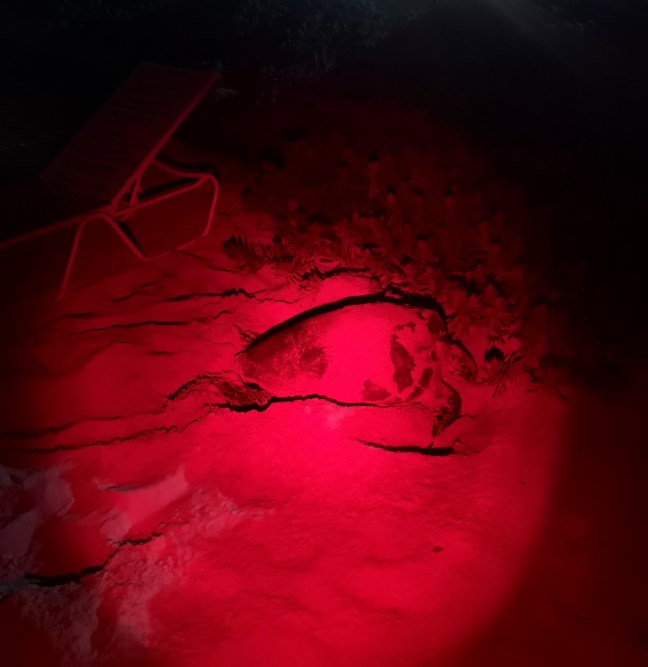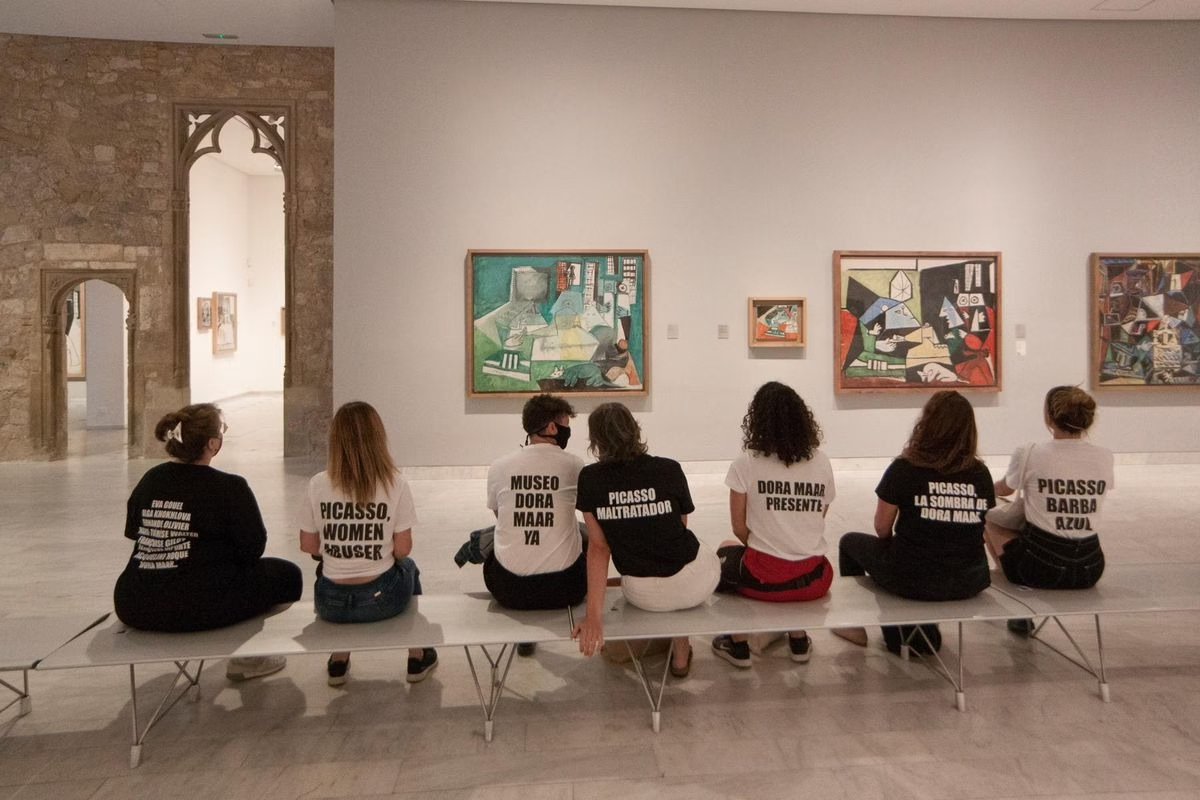The breeding season for loggerhead turtles is in full swing. The eighth nest of the season was confirmed early on Friday morning at Ramla, Gozo.
The last nest was made by a familiar visitor, the same turtle that laid the sixth nest of the season, as confirmed by a microchip survey carried out after the turtle laid her eggs.
The Environmental Resources Authority (ERA) sent its personnel to the site to ensure that the nest is properly protected. The agency reiterated the importance of minimizing human contact with nesting turtles, as noise and light can scare the turtles and cause them to lose their nests.

Image Source: Nesting-Hawksbill
The ERA called on the public to report any sightings of nesting turtles and not to disturb the animals. She pointed out that cooperation with the public is essential to protect these endangered animals.
ERA also expressed its gratitude to Nature Trust Malta (NTM) for the important role it plays in the rescue and rehabilitation of animals in the Maltese Islands.
Loggerhead turtles are long-lived, slow-growing marine creatures that inhabit tropical to temperate regions.
This species is classified as globally threatened by the International Union for Conservation of Nature (IUCN) and is also protected by various national and international laws. The capture, killing, removal or trade of these turtles, as well as the deliberate disturbance of this species, especially during breeding, mating and migration seasons, are prohibited and will be prosecuted. Destruction of eggs or removal of eggs from the wild is also strictly prohibited and is a criminal offence.
The country’s Flora and Habitat Protection Regulations prescribe a minimum fine of approximately 500 euros per destroyed or wild-taken egg, which can reach a maximum of approximately 2,400 euros. The area where the loggerheads laid their eggs is a protected area under the Environmental Protection Act and also a Natura 2000 site under the EU Habitats Directive.








